|
What is a color, symbol, and image that captures the Project Zero classroom thus far? Here is my take! Color: Yellow - I chose yellow because I think yellow represents energy, brightness, and excitement. These qualities have been on display here for two days!  Symbol: No spoon feeding - I believe that to use many of the great ideas presented here at project zero effectively, spoon feeding of students needs to be kept to a minimum. In math class, spoon feeding can take many forms, such as: showing them the recipe to do a math problem as opposed to the students creating the recipe; giving them the answers to a set of questions as opposed to them using other tools to gather the answers, such as Wolfram Alpha, Desmos, or each other; handing them a review sheet of problems that will be on the test as opposed to them coming up with the ideas and concepts that they will be tested on, to name a few. 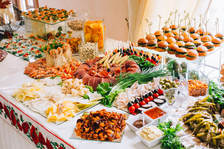 Image: An awesome buffet - A great buffet, like the one shown at the right, presents a lot of appealing options. We have the freedom of choice to pick the items that we like the most, and also to leave what we won't eat. We also can go back to the buffet later, and pick items that we want again, or new items. This institute reminds me of that because we have been presented with a plethora of appealing ideas, many of which we want to take, and some that we may not be ready for. We have the freedom of choice to pick the ideas that we want to try to implement, and ones that we may want to come back to later. Slow LookingDefinition of Slow-looking: Taking time to notice more than meets the eye at first glance The themes of slow looking
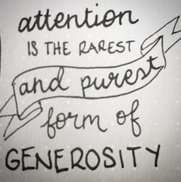 I was thinking about the applications to math class, and at first was a bit puzzled as to what that would look like. After discussing it with my study group (STUDY GROUP O ROCKS!), the slow-looking does not have to involve an image, it could be a writing, a poem, an image, or work from a math problem. Many times in class, students will use a solution guide for a math problem, and after a minute or to proclaim, 'I have no idea what they are doing here!' It is in this instance that I think I will walk them through 'slow-looking' at the solution, and remind them of the quote to the left! The Teaching for Understanding (TfU) framework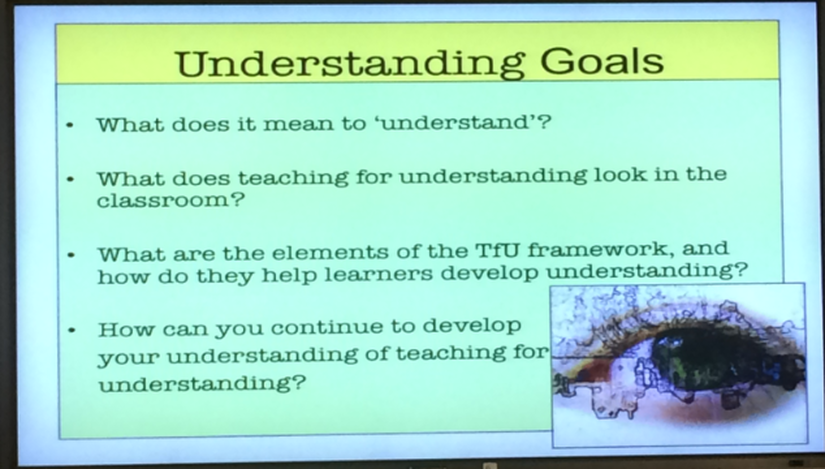 We assume we teach for understanding because we equate knowledge and understanding; knowledge is vital and critical, but just having a lot of knowledge doesn't make for understanding. What is it that a child will be able to do better if they understand? The goals of the Teaching for Understanding framework: 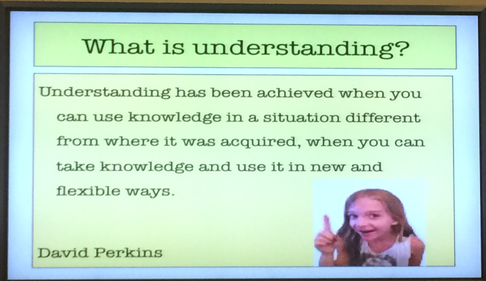 What does it mean to understand? Identify something that you understand really well. For me, it was finding solutions of a quadratic equation. My evidence is that I can find the solutions in multiple ways; I know what the solutions look like; all methods of solving result in the same solutions. What does understanding look like? 1. successful at something 2. know the pattern of doing things 3. you can teach it well 4. can analyze into component part and synthesize into whole 6. big picture in relation to details 7. anticipate 8. you can make connections 9. have a greater metacognition 10. can problem solve 11. can do it in a variety of ways What helps understanding develop? - doing multiple times - errors, mistakes, mishaps - mentor, guide, structure - explain it to someone - deconstructing - curiosity - exploring various ways to do something - observe - different perspectives - reflection - applying, implementing - try it again and again 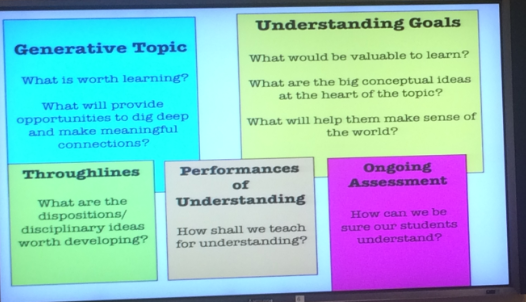 What does teaching for understanding look like in the classroom? Some of the key questions from our study group today:
0 Comments
Your comment will be posted after it is approved.
Leave a Reply. |
Archives
February 2021
Categories
All
AuthorJeff Watson is a Math teacher at the University Liggett School in Grosse Pointe Woods, MI. His work as a software engineer made him realize the need for problem solvers and critical thinkers in the workplace today. Jeff believes that the secondary math classroom should be a place of critical thinking, collaborative learning, and exploration which will cultivate the problem solvers and thinkers needed today. |

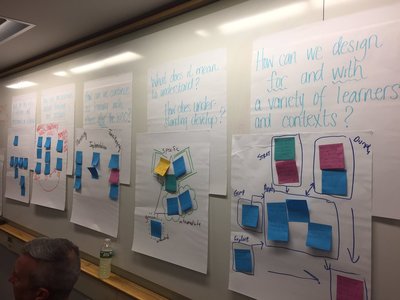
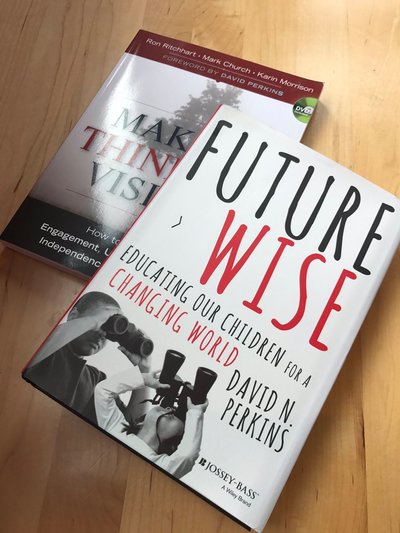
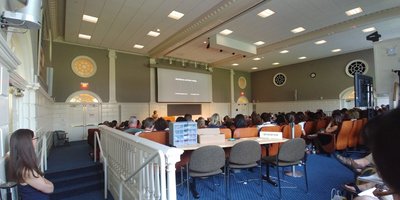



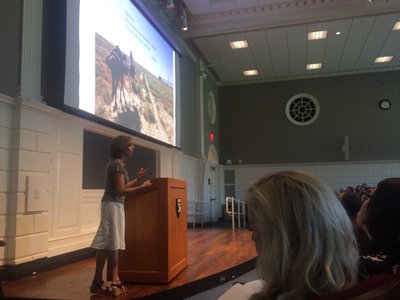

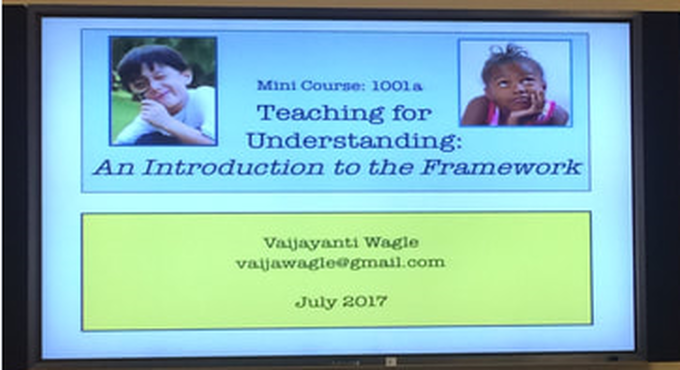

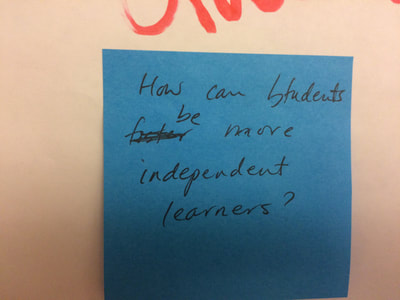
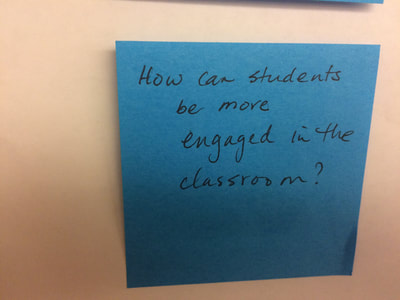

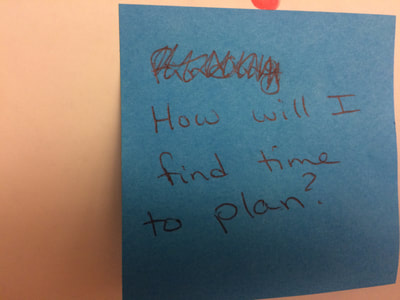

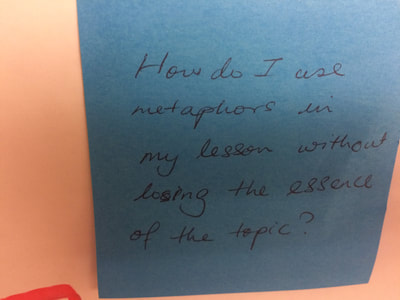

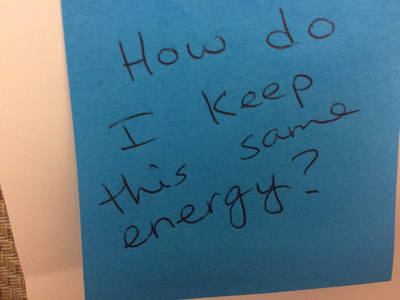
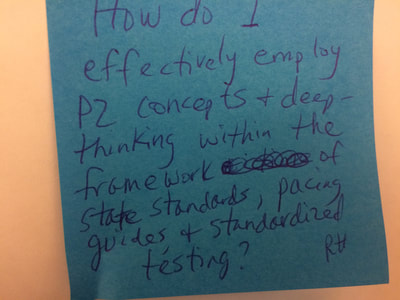
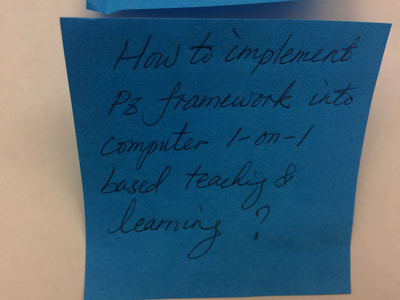

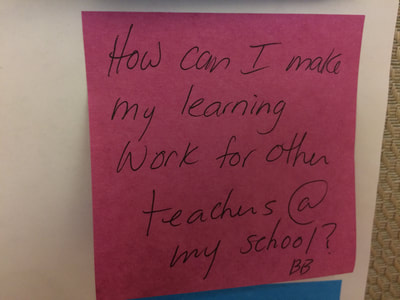
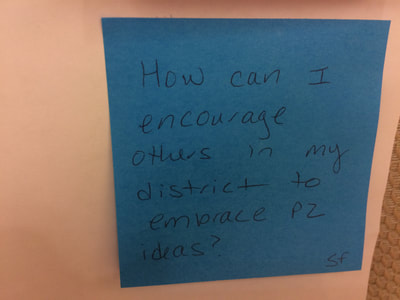


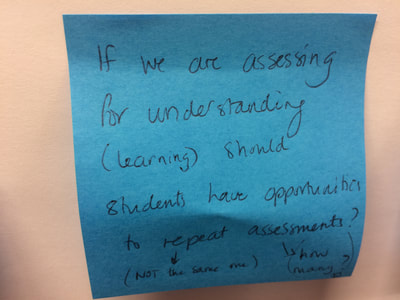
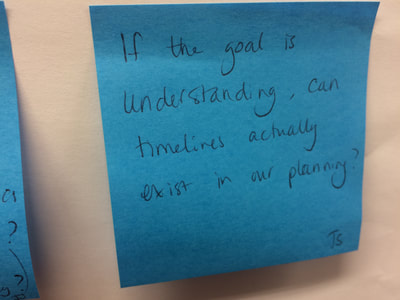
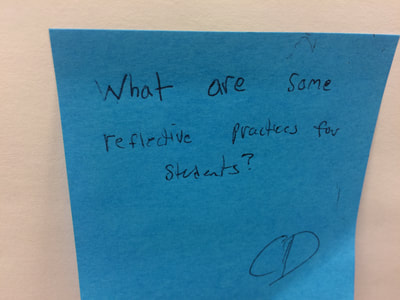
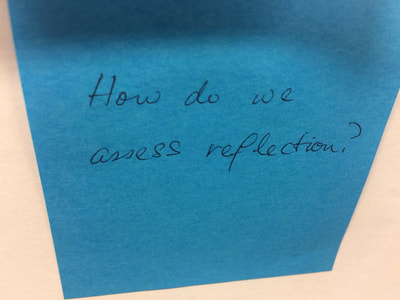
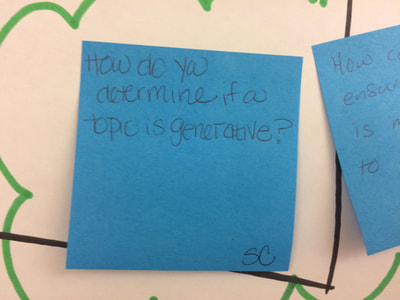
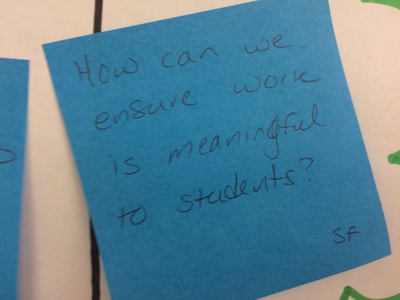
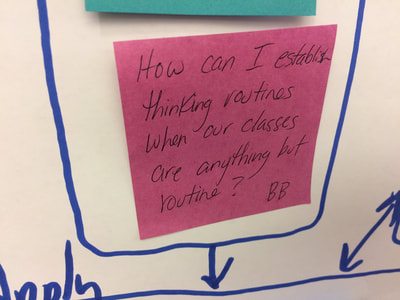
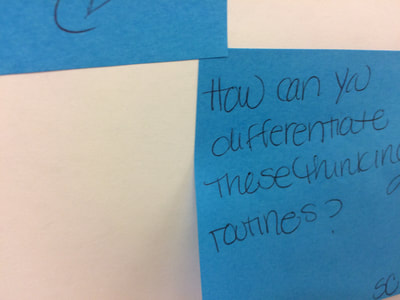
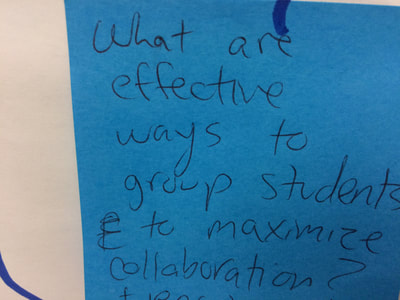
 RSS Feed
RSS Feed
